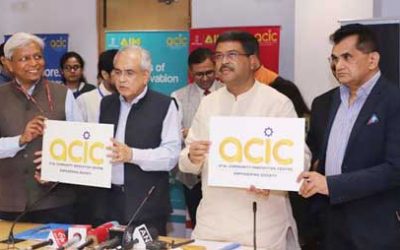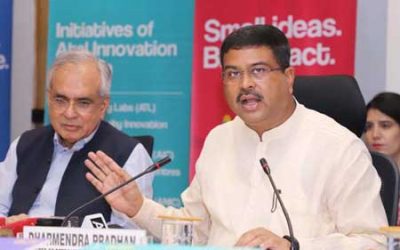 Not many were entirely surprised to hear about Amazon’s Jeff Bezos stepping down from the CEO role in the third quarter of 2021. While this may be the most significant leadership movement so far in 2021, industry onlookers had already started to bet on how long Jeff will continue at the helm of Amazon!
Not many were entirely surprised to hear about Amazon’s Jeff Bezos stepping down from the CEO role in the third quarter of 2021. While this may be the most significant leadership movement so far in 2021, industry onlookers had already started to bet on how long Jeff will continue at the helm of Amazon!
And why not? The technology industry has seen successful transitions at Apple, Microsoft, and Alphabet, companies who have achieved even greater heights after their founder CEOs paved the way for fresh leadership.
The change, however, is an important event for Amazon’s stakeholders and employees who will be looking for a new chapter of growth under the leadership of Andy Jassy, who will succeed Jeff. Andy is currently heading Amazon Web Services (AWS), the company’s cloud computing division.
Jeff Bezos will shoulder the Executive Chair’s role, a strategic advisor to the CEO, and focus on new products and early initiatives being developed by Amazon. Bill Gates at Microsoft, Bob Iger at Disney, and Eric Schmidt assumed similar roles after stepping down as CEOs from their respective companies.
Fresh leadership perspective
Jeff Bezos, 57, founded Amazon in a garage in 1994 and made it one of the giant multinational technology behemoths through his sheer grit and visionary leadership. Over the years, the company has expanded its orbit from just being the e-commerce player to music and video streaming, providing cloud computing services, robotics, artificial intelligence, and more. However, it looks like Jeff is now convinced to pass the baton to a new leader who can bring fresh perspective and innovations to take the growth ahead.
In his own words, despite the remarkable success Amazon had achieved, Jeff had admitted in 2018 that the company is far from invincible and might fail one day. “If you look at large companies, their lifespans tend to be 30-plus years, not hundred-plus years,” Jeff had reportedly said.
Jeff Bezos knows that one needs to keep on reinventing to achieve continuous success. By handing over the baton to a new but proven leader, Amazon perhaps wants to add more oomph and shelve the qualms, if any.
Growing focus on cloud
Andy Jassy’s elevation also reflects Amazon’s upping the value chain by leveraging cloud and artificial intelligence, to diversify and grow.
The last few quarters saw a tremendous boom in Amazon’s e-commerce and grocery business, mainly due to the pandemic induced lockdowns and stay at home advisories. But, there are many challenges that the company might need to tackle to achieve profits from its e-commerce business. There is growing competition, supply chain modernization tests, and continuous pressure from retailers to reduce margins. Most of the profit that Amazon earns today comes from AWS. (See: AWS pumps $2.77 bn in India to retain cloud supremacy)
Amazon’s cloud business is the company’s cash cow division and achieving stellar heights. Currently, AWS contributes over 50% of Amazon’s operating income. AWS has clocked $12.7 billion in revenue, up from $9.95 billion a year earlier. In the wake of the growing distributed workforce environment, enterprises are quickly embracing cloud computing services to upsurge agility, deliver innovations, and modernize their infrastructure.
Clearly, Jeff Bezos and Amazon are betting big on the data and computing power in the new decade and aims to pull new rabbits out of the hat for accomplishing greater heights.
















0 Comments